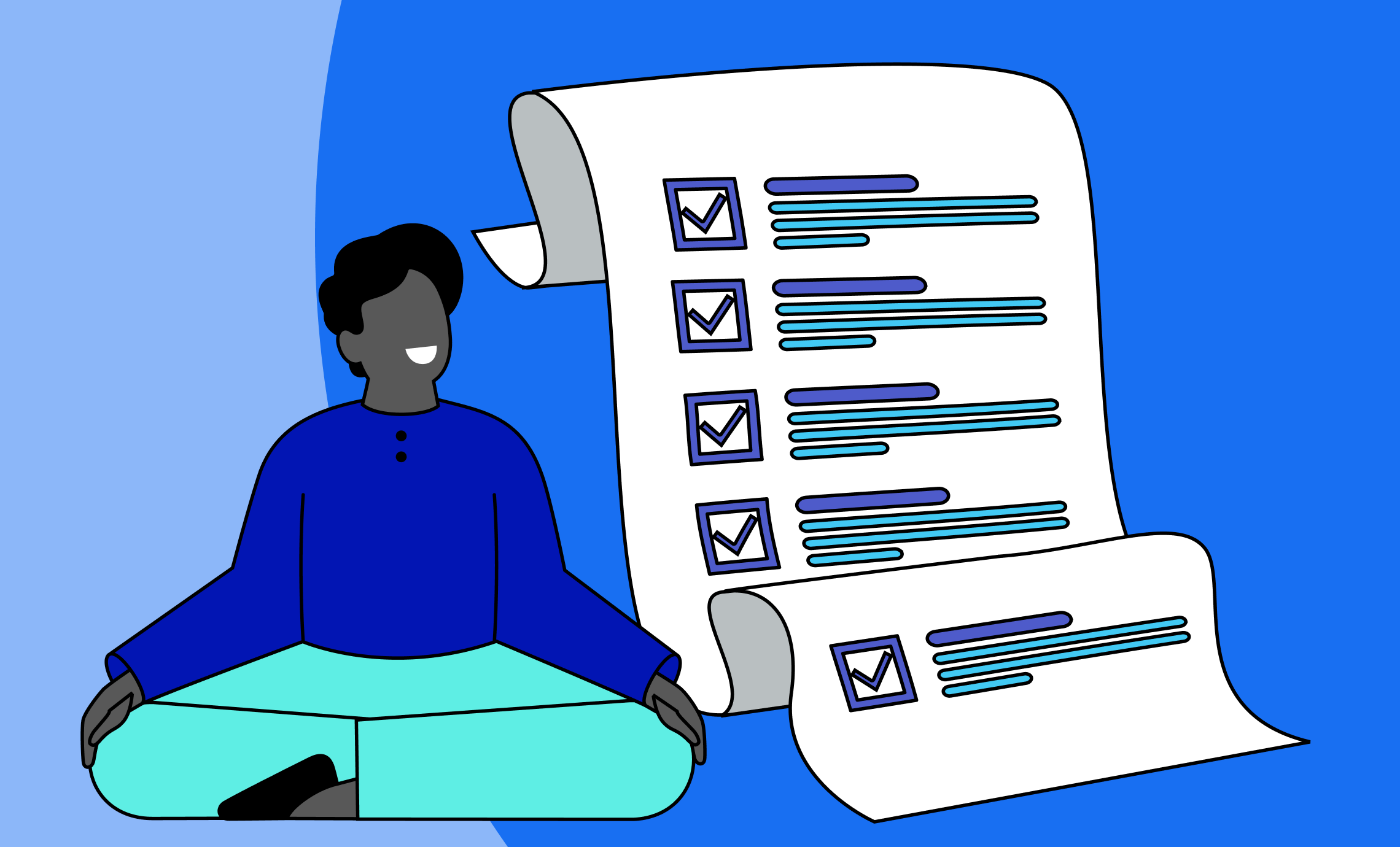Improving the rate of continuing medical education (CME) learner participation and completion relies on factors ranging from course content to ease of tracking. Create a learning environment that works for professionals’ learning styles while simplifying the tracking process.
Physicians, nurses and other medical professionals are often required to complete CME and stay up to date on the latest developments in the field. Additional learning can increase knowledge and skills while improving future career prospects.
If ongoing education is so important, why do learners often abandon CME programs before completing them? Several causes can contribute to this increasingly common scenario.
The program’s content does not meet expectations or match what the provider advertises.
- The supporting medical evidence presented during the course is too extreme and provides an unbalanced review.
- Testing does not focus on issues of clinical significance.
- The experts that prepare the material sometimes have conflicts of interest that lead to biased opinions.
- The course registration and credit tracking processes are overly burdensome.
Ways to Improve CME Activity
With so many potential contributors to a low completion rate, where do you even start to fix the problem? Let’s look at three areas that you can improve to increase CME completion rates:
Plan Comprehensive CME Opportunities at Events
CME activity can be accredited for live conferences when educational opportunities are embedded in the planning.
If you’re organization hosts a conference or event, you have a lot of competing interests to address. Many professionals want an opportunity to network and expand their career opportunities. Others may be looking to stay up-to-date with the latest medical news. CME could get lost in the planning if not embedded within the event’s purpose. Use your planned events effectively by providing ample opportunity to engage with CME content.
Plan your event with CME in mind. The great news is that CME can be achieved in various formats. Continuing Medical Education does not need to be a dull box-checking experience. When planning your event, consider breaking your lectures up using Q&As, break-out discussions groups AMAs (ask me anything) with experts and post-event engagement opportunities through social media.
Plan pre-tests, post-tests and evaluations for your event. This has a secondary impact of allowing you to diagnose the reasons for low completion rates.
Offer Diverse Content and Resources
The best way to engage with medical professionals is to provide content and resources through various mediums. Medical professionals, like all learners, have specific learning styles and limited attention spans. The success of any CME course will rely on your ability to engage the learner through compelling content. Don’t cater to a single type of learner. Instead, offer something of value to every participant.
Start by offering content through different mediums. Providing content and resources using video, audio, and text will improve participation. Complex medical topics can be challenging to digest. Live streamed lectures paired with compelling graphics can more effectively reach learners and improve completion rates. You can expand your reach by offering these same materials through recordings or podcasts in the future.
Also, provide the resources needed for CME learners to engage with the content through discussion. Whether at a live event or through discussion boards, you’ll see improved learner engagement when you provide professionals with the opportunity to discuss the content.
Make Credit Tracking Simple
Better CME tracking is beneficial for learners and program administrators looking for more information about why completion rates are low.
Developing a CME program that makes monitoring and managing credits easy can also contribute to higher completion rates. When a professional attends a conference, completes a learning module or lecture and is quickly issued a certificate, it shows that your organization is a valuable resource to their ongoing learning. Learners who see the value are more engaged, which can improve completion rates.
For providers, when you have a straightforward tracking process for your CME offering, you have more data on what is working. Platforms like HighMarksCE can allow users to complete evaluations and post-tests and manage credits and certificates. When administrators spend less time managing credit issuance, they have the time to develop more effective learning opportunities that professionals want to complete.
Contact Us to Learn More About Managing CME Credits
Discover how Attendee Interactive can help you manage the issuance of CME credits. Easily manage and configure your settings, integrate with your current software and quickly offer medical professionals’ certificates. This lets you spend time planning your events and educational opportunities and less time issuing and managing credits. Please take the next step by contacting us to request a personalized product demo today.


